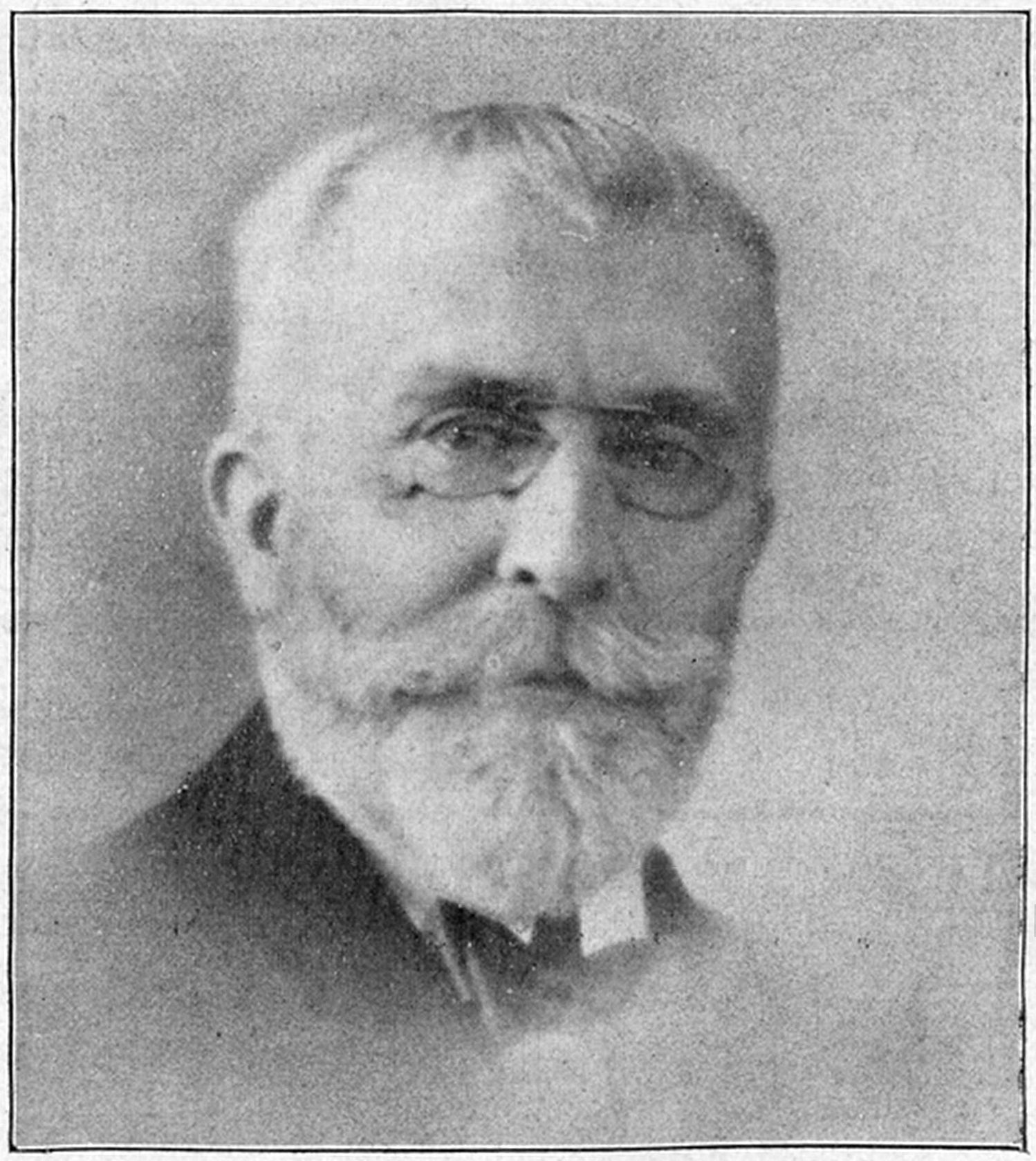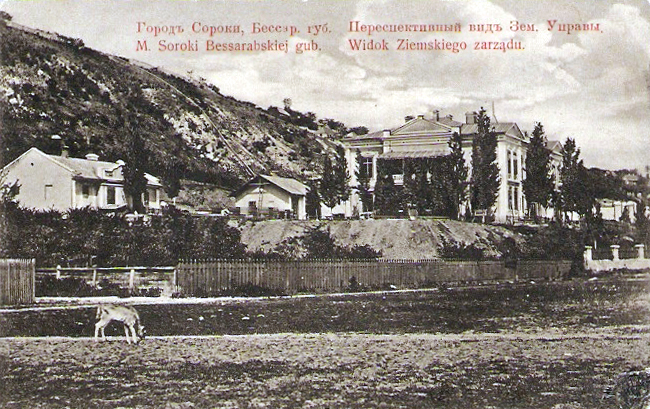|
André Hossein
André Hossein, born Aminulla Huseynov, also known as Aminollah Hossein ( fa, امینالله حسین; russian: Аминулла Гусейнов 1905, in Samarkand – 9 August 1983, in Paris) was a French composer of Persian or Azerbaijani origin and a tar soloist. Hossein was the first Persian composer who was able to present his works in international concerts. Life and education His son, Robert Hossein, has written that André Hossein studied in Moscow, Russia and later in Germany where he attended a music academy in Stuttgart and the Berlin Conservatory from 1934 to 1937. His fascination with ancient Persia led him to convert to Zoroastrianism. His newfound religion immensely influenced his musical works such as "Persian Miniature", "I love my Country", and "Symphony Persepolis". He married Anna Mincovschi, a Jewish comedy actress from Soroca (Bessarabia), who had immigrated to Paris with her parents after the October Revolution. [...More Info...] [...Related Items...] OR: [Wikipedia] [Google] [Baidu] |
Berlin
Berlin is Capital of Germany, the capital and largest city of Germany, both by area and List of cities in Germany by population, by population. Its more than 3.85 million inhabitants make it the European Union's List of cities in the European Union by population within city limits, most populous city, as measured by population within city limits having gained this status after the United Kingdom's, and thus London's, Brexit, departure from the European Union. Simultaneously, the city is one of the states of Germany, and is the List of German states by area, third smallest state in the country in terms of area. Berlin is surrounded by the state of Brandenburg, and Brandenburg's capital Potsdam is nearby. The urban area of Berlin has a population of over 4.5 million and is therefore the most populous urban area in Germany. The Berlin/Brandenburg Metropolitan Region, Berlin-Brandenburg capital region has around 6.2 million inhabitants and is Germany's second-largest metropolitan reg ... [...More Info...] [...Related Items...] OR: [Wikipedia] [Google] [Baidu] |
Film Scores
A film score is original music written specifically to accompany a film. The score comprises a number of orchestral, instrumental, or choral pieces called cues, which are timed to begin and end at specific points during the film in order to enhance the dramatic narrative and the emotional impact of the scene in question. Scores are written by one or more composers under the guidance of or in collaboration with the film's director or producer and are then most often performed by an ensemble of musicians – usually including an orchestra (most likely a symphony orchestra) or band, instrumental soloists, and choir or vocalists – known as playback singers – and recorded by a sound engineer. The term is less frequently applied to music written for other media such as live theatre, television and radio programs, and video game, and said music is typically referred to as either the soundtrack or incidental music. Film scores encompass an enormous variety of styles ... [...More Info...] [...Related Items...] OR: [Wikipedia] [Google] [Baidu] |
Omar Khayyám
Ghiyāth al-Dīn Abū al-Fatḥ ʿUmar ibn Ibrāhīm Nīsābūrī (18 May 1048 – 4 December 1131), commonly known as Omar Khayyam ( fa, عمر خیّام), was a polymath, known for his contributions to mathematics, astronomy, philosophy, and Persian poetry. He was born in Nishapur, the initial capital of the Seljuk Empire. As a scholar, he was contemporary with the rule of the Seljuk dynasty around the time of the First Crusade. As a mathematician, he is most notable for his work on the classification and solution of cubic equations, where he provided geometric solutions by the intersection of conics. Khayyam also contributed to the understanding of the parallel axiom.Struik, D. (1958). "Omar Khayyam, mathematician". ''The Mathematics Teacher'', 51(4), 280–285. As an astronomer, he calculated the duration of the solar year with remarkable precision and accuracy, and designed the Jalali calendar, a solar calendar with a very precise 33-year intercalation cycle''The Cam ... [...More Info...] [...Related Items...] OR: [Wikipedia] [Google] [Baidu] |
Persepolis
, native_name_lang = , alternate_name = , image = Gate of All Nations, Persepolis.jpg , image_size = , alt = , caption = Ruins of the Gate of All Nations, Persepolis. , map = , map_type = Iran#West Asia , map_alt = , map_caption = , map_size = , altitude_m = , altitude_ref = , relief = yes , coordinates = , map_dot_label = , location = Marvdasht, Fars Province, Iran , region = , type = Settlement , part_of = , length = , width = , area = , volume = , diameter = , circumference = , height = , builder = , and , material = Limestone, mud-brick, cedar wood , built = 6th century BC , abandoned = , epochs = Achaemenid Empire , cultures = Persian , dependency_of = , occupants = , event = *Battle of the ... [...More Info...] [...Related Items...] OR: [Wikipedia] [Google] [Baidu] |
étude
An étude (; ) or study is an instrumental musical composition, usually short, designed to provide practice material for perfecting a particular musical skill. The tradition of writing études emerged in the early 19th century with the rapidly growing popularity of the piano. Of the vast number of études from that era some are still used as teaching material (particularly pieces by Carl Czerny and Muzio Clementi), and a few, by major composers such as Frédéric Chopin, Franz Liszt and Claude Debussy, achieved a place in today's concert repertory. Études written in the 20th century include those related to traditional ones (György Ligeti) and those that require wholly unorthodox technique ( John Cage). 19th century Studies, lessons, and other didactic instrumental pieces composed before the 19th century are extremely varied, without any established genres. Domenico Scarlatti's ''30 Essercizi per gravicembalo'' ("30 Exercises for harpsichord", 1738) do not differ in scope f ... [...More Info...] [...Related Items...] OR: [Wikipedia] [Google] [Baidu] |
Piano
The piano is a stringed keyboard instrument in which the strings are struck by wooden hammers that are coated with a softer material (modern hammers are covered with dense wool felt; some early pianos used leather). It is played using a musical keyboard, keyboard, which is a row of keys (small levers) that the performer presses down or strikes with the fingers and thumbs of both hands to cause the hammers to strike the strings. It was invented in Italy by Bartolomeo Cristofori around the year 1700. Description The word "piano" is a shortened form of ''pianoforte'', the Italian term for the early 1700s versions of the instrument, which in turn derives from ''clavicembalo col piano e forte'' (key cimbalom with quiet and loud)Pollens (1995, 238) and ''fortepiano''. The Italian musical terms ''piano'' and ''forte'' indicate "soft" and "loud" respectively, in this context referring to the variations in volume (i.e., loudness) produced in response to a pianist's touch or pressure on ... [...More Info...] [...Related Items...] OR: [Wikipedia] [Google] [Baidu] |
Conservatoire De Paris
The Conservatoire de Paris (), also known as the Paris Conservatory, is a college of music and dance founded in 1795. Officially known as the Conservatoire National Supérieur de Musique et de Danse de Paris (CNSMDP), it is situated in the avenue Jean Jaurès in the 19th arrondissement of Paris, France. The Conservatoire offers instruction in music and dance, drawing on the traditions of the 'French School'. Formerly the conservatory also included drama, but in 1946 that division was moved into a separate school, the CNSAD, Conservatoire National Supérieur d'Art Dramatique (CNSAD), for acting, theatre and drama. Today the conservatories operate under the auspices of the Ministry of Culture (France), Ministry of Culture and Communication and are associate members of PSL University. The CNSMDP is also associated with the Conservatoire National Supérieur de Musique et de Danse de Lyon (CNSMDL). History École Royale de Chant On 3 December 1783 Papillon de la Ferté, ''intendant' ... [...More Info...] [...Related Items...] OR: [Wikipedia] [Google] [Baidu] |
Paul Antoine Vidal
Paul Antonin Vidal (16 June 1863 – 9 April 1931) was a French composer, conducting, conductor and music teacher mainly active in Paris.Charlton D. Paul Vidal. In: ''The New Grove Dictionary of Opera.'' Macmillan, London and New York, 1997. Life and career Paul Vidal was born in Toulouse, and studied at the conservatoires there and in Paris Conservatoire, Paris, under Jules Massenet at the latter. He won the Prix de Rome in 1883, one year before Claude Debussy. On 8 January 1886, in Rome, Vidal and Debussy performed Franz Liszt's ''Faust Symphony'' at two pianos for Liszt himself, an after-dinner performance that Liszt apparently slept through. The following day they played Emmanuel Chabrier's ''Trois valses romantiques'' for Liszt. Vidal conducted at the Opéra National de Paris where he made his first appearance directing ''Gwendoline (opera), Gwendoline'' in 1894 (he had coached the singers for the Paris premiere in 1893), and later conducted the first performance of ''Ariane ... [...More Info...] [...Related Items...] OR: [Wikipedia] [Google] [Baidu] |
October Revolution
The October Revolution,. officially known as the Great October Socialist Revolution. in the Soviet Union, also known as the Bolshevik Revolution, was a revolution in Russia led by the Bolshevik Party of Vladimir Lenin that was a key moment in the larger Russian Revolution of 1917–1923. It was the second revolutionary change of government in Russia in 1917. It took place through an armed insurrection in Petrograd (now Saint Petersburg) on . It was the precipitating event of the Russian Civil War. The October Revolution followed and capitalized on the February Revolution earlier that year, which had overthrown the Tsarist autocracy, resulting in a liberal provisional government. The provisional government had taken power after being proclaimed by Grand Duke Michael, Tsar Nicholas II's younger brother, who declined to take power after the Tsar stepped down. During this time, urban workers began to organize into councils ( soviets) wherein revolutionaries criticized t ... [...More Info...] [...Related Items...] OR: [Wikipedia] [Google] [Baidu] |
Bessarabia
Bessarabia (; Gagauz: ''Besarabiya''; Romanian: ''Basarabia''; Ukrainian: ''Бессара́бія'') is a historical region in Eastern Europe, bounded by the Dniester river on the east and the Prut river on the west. About two thirds of Bessarabia lies within modern-day Moldova, with the Ukrainian Budjak region covering the southern coastal region and part of the Ukrainian Chernivtsi Oblast covering a small area in the north. In the aftermath of the Russo-Turkish War (1806–1812), and the ensuing Peace of Bucharest, the eastern parts of the Principality of Moldavia, an Ottoman vassal, along with some areas formerly under direct Ottoman rule, were ceded to Imperial Russia. The acquisition was among the Empire's last territorial acquisitions in Europe. The newly acquired territories were organised as the Bessarabia Governorate of the Russian Empire, adopting a name previously used for the southern plains between the Dniester and the Danube rivers. Following the Crim ... [...More Info...] [...Related Items...] OR: [Wikipedia] [Google] [Baidu] |
Soroca
Soroca (russian: link=no, Сороки, Soroki, uk, Сороки, Soroky, pl, Soroki, yi, סאָראָקע ''Soroke'') is a city and municipality in Moldova, situated on the Dniester River about north of Chișinău. It is the administrative center of the Soroca District. History The city has its origin in the medieval Genoese trade post of Olchionia, or Alchona. It is known for its well-preserved stronghold, established by the Moldavian prince Stephen the Great (''Ștefan cel Mare'' in Romanian) in 1499. The origins of the name Soroca are not fully known. Soroca (Russian: сорока) means Magpie in Russian. Its location is only a few kilometers from the Moldova–Ukrainian border. The original wooden fort, which defended a ford over the Dniester, was an important link in the chain of fortifications which comprised four forts (e.g., Bilhorod-Dnistrovskyi, then known as Akkerman, and Khotyn) on the Dniester, two forts on the Danube, and three forts on the north border o ... [...More Info...] [...Related Items...] OR: [Wikipedia] [Google] [Baidu] |









